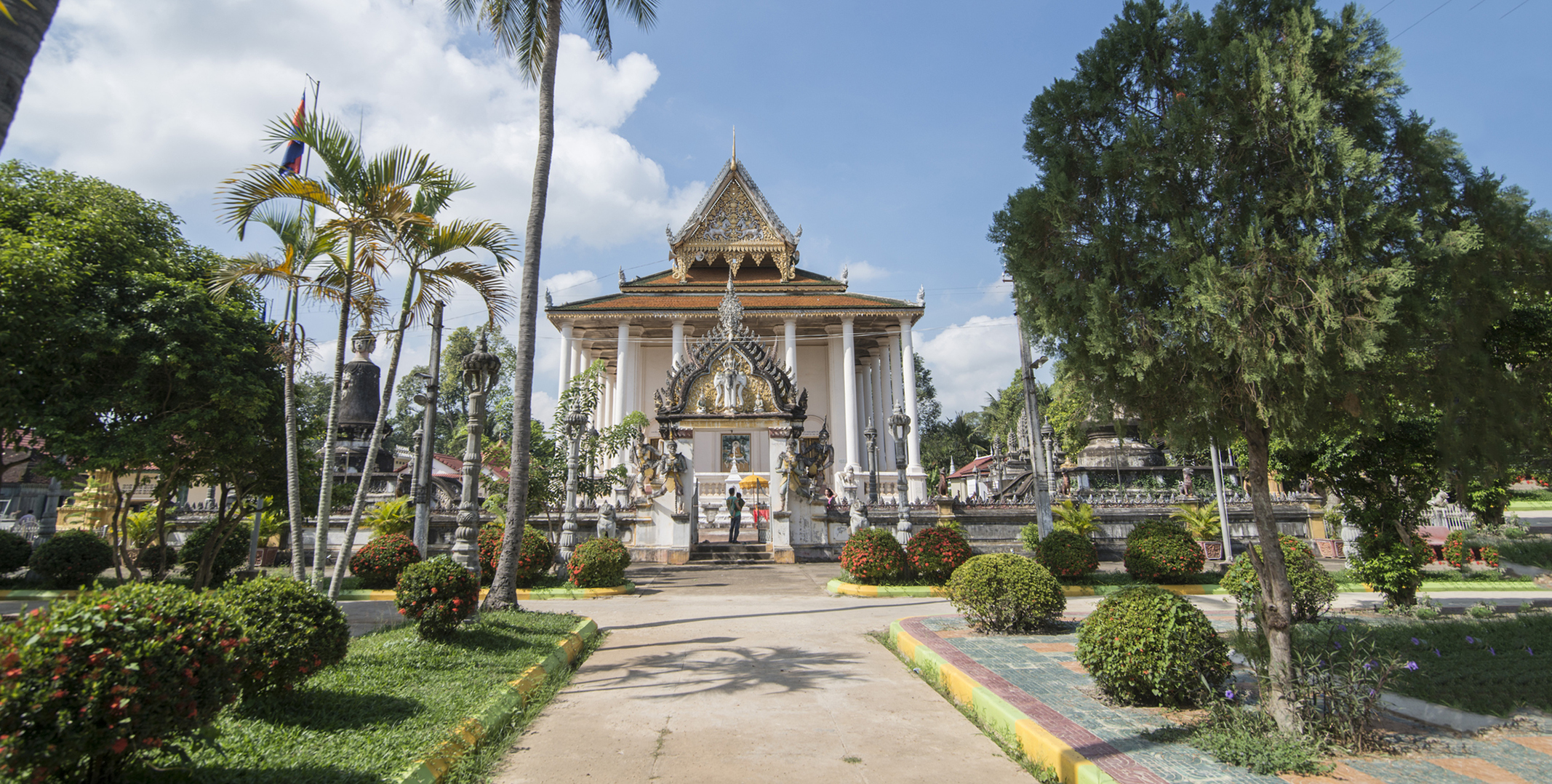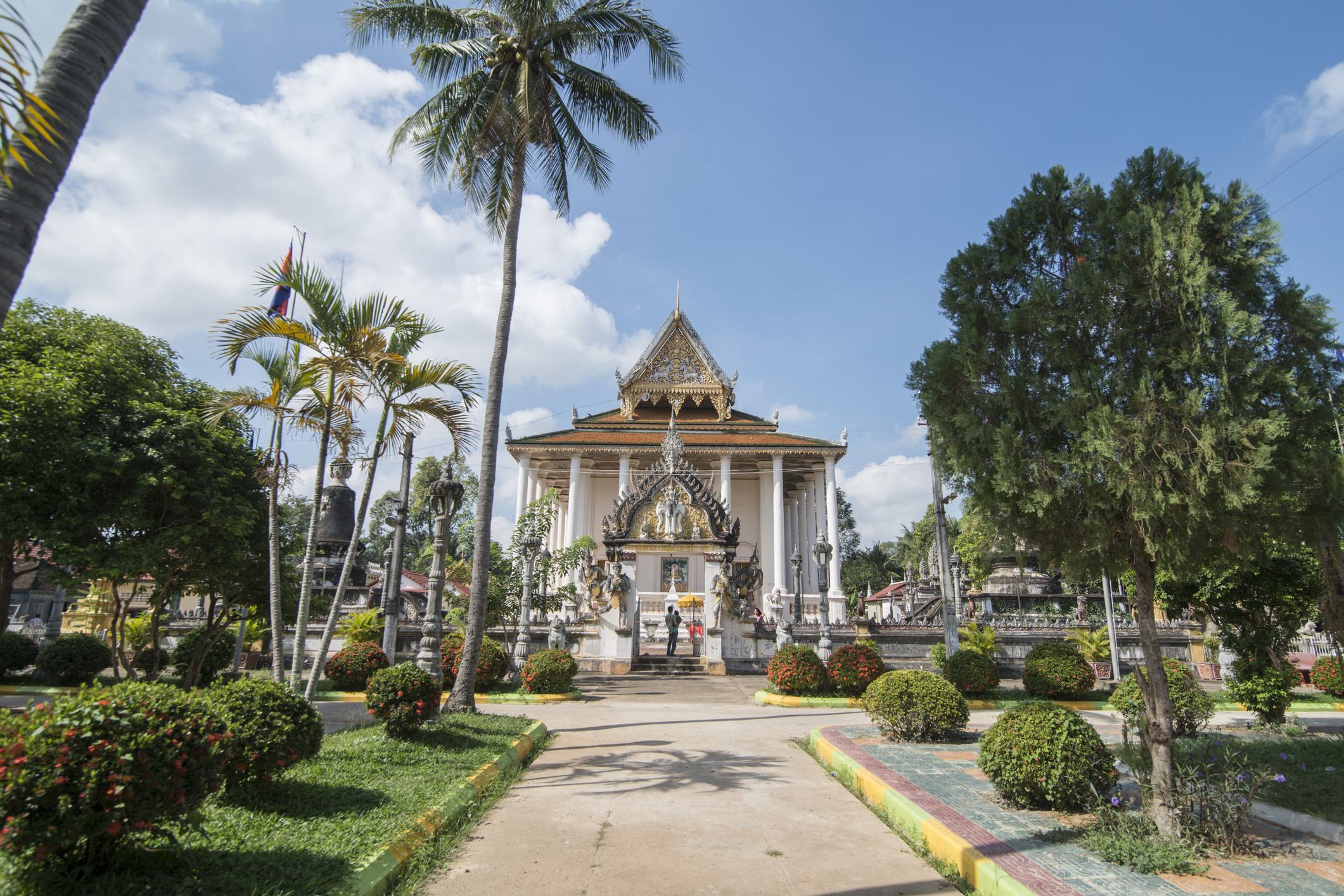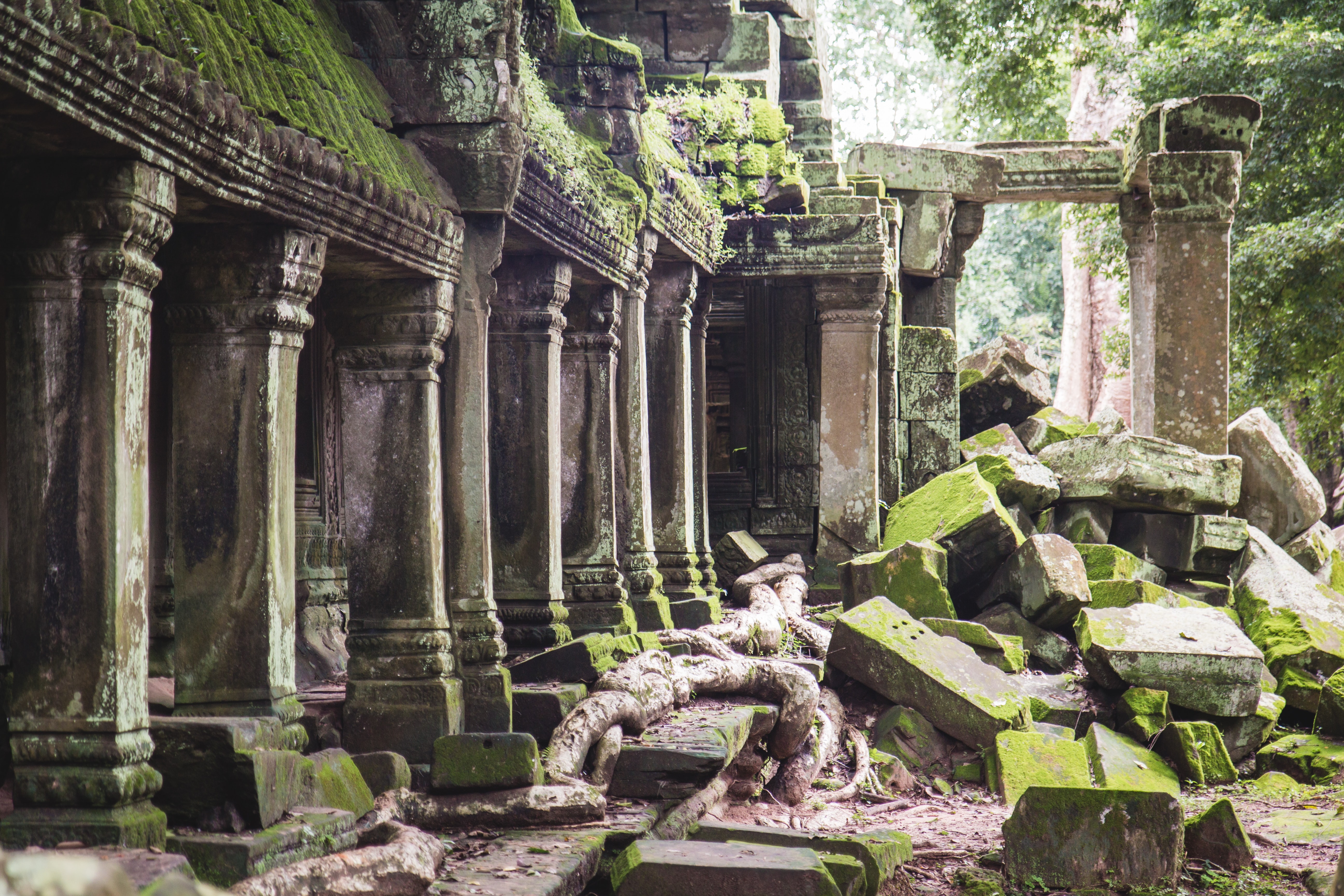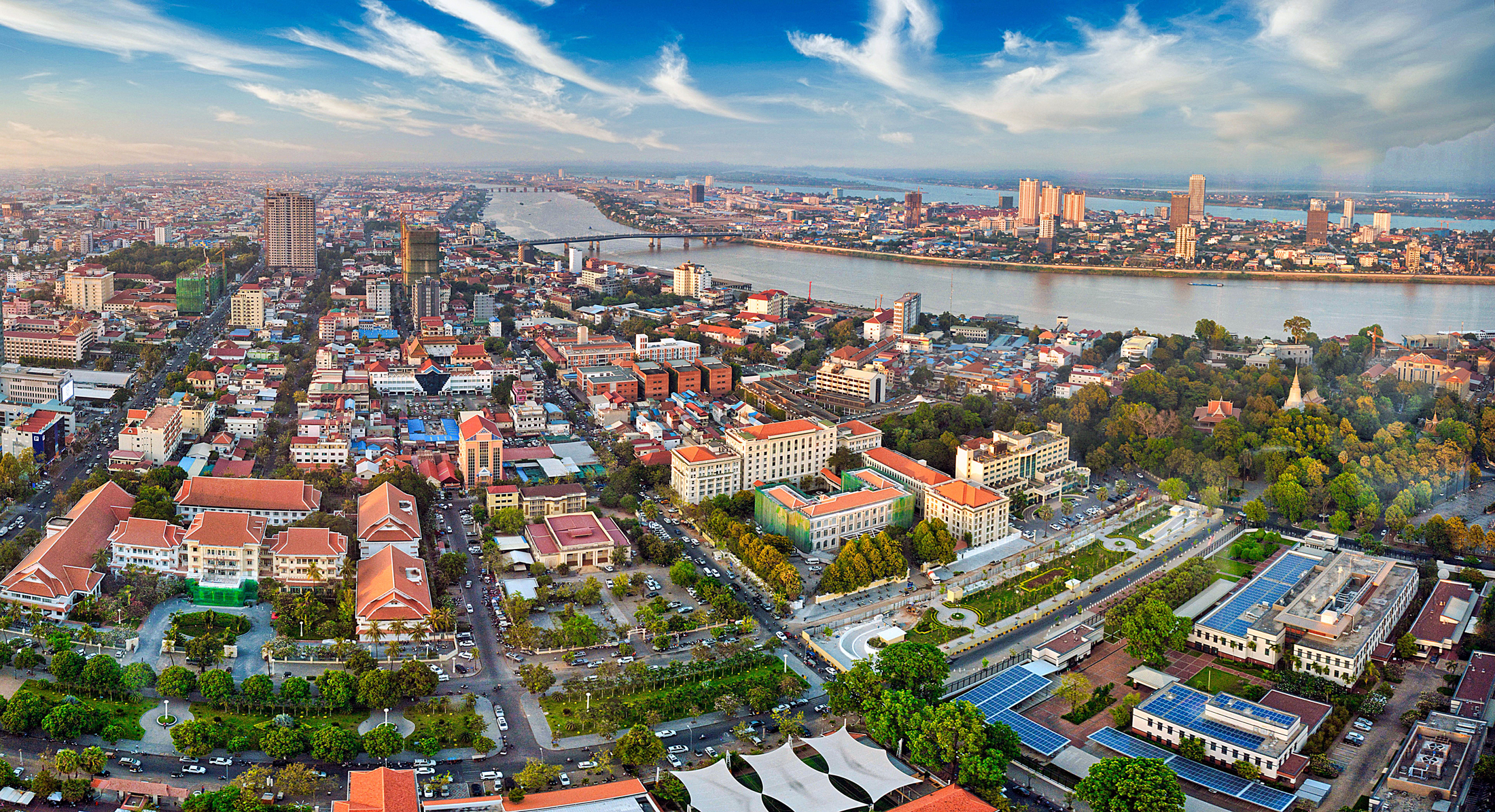
Battambang
With its crumbling colonial buildings, fertile countryside, vital contemporary arts scene and mellow, carefree ambiance, it’s very difficult not to fall in love with Battambang.
Located in the west of Cambodia, surrounded by paddy fields and farmland, Battambang has a surprisingly grand history for so laid-back a place. It was founded in the 11th century, during the height of the Khmer Empire, and has been an important trading hub ever since. During the French colonial period, it was by far the most important town outside of Phnom Penh — and it’s still Cambodia’s third-biggest urban centre now, though you’d never know it from its small-town vibe and permanent holiday atmosphere.
What makes Battambang so charming? It’s hard to pinpoint. Part of it is certainly the French-colonial town centre, with its faded mustard walls and wooden shutters, but it’s not just aesthetic. It’s also the fact that this is Cambodia’s hub of arts and culture: full to bursting with art galleries, quirky cafés, and a world-class arts school that provides opportunities for underprivileged kids. It's the poster child for Cambodia’s post-genocide cultural renaissance. The surrounding countryside is part of the allure too — dotted with temples, villages and craft workshops, and some fantastic, immersive tours ready and waiting to plunge you into rural life.
Like a well-cooked fish amok, Battambang combines its different ingredients to become something even more delicious than the sum of its parts, and that’s why it’s one of our favourite places in Cambodia.



